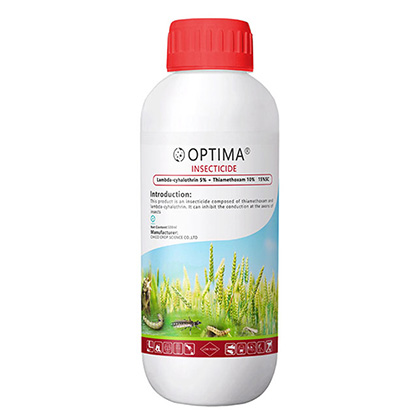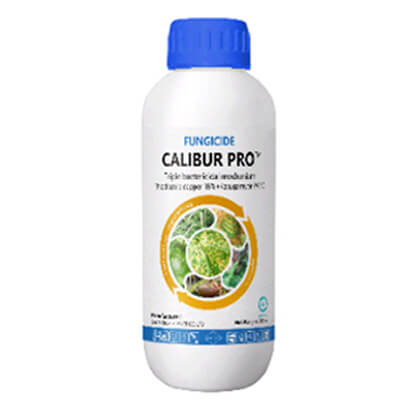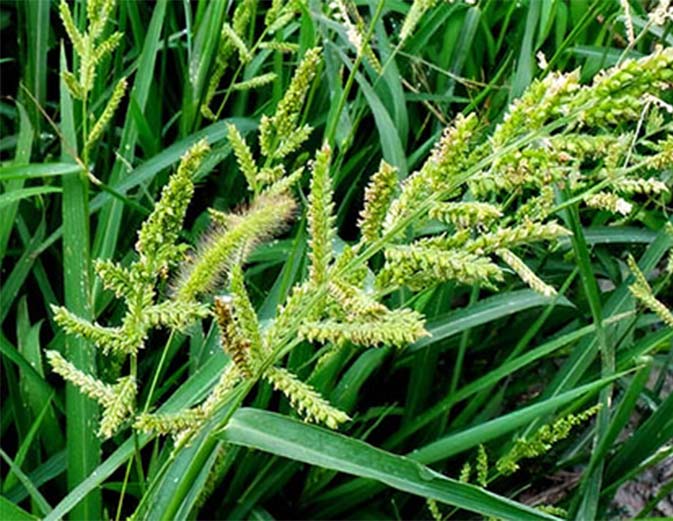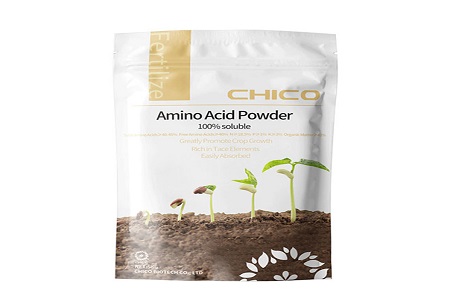
How to Improve the Utilization Rate of Biological Fertilizers?
What Are Biological Fertilizers?
Biological fertilizers refer to a special type of fertilizer containing a large number of living microorganisms. When this type of fertilizer is applied to the soil, a large number of living microorganisms can actively move under suitable conditions: some can multiply in large numbers around the roots of crops, play a role in self-fixing nitrogen or combined nitrogen fixation; some can also decompose phosphorus and potassium mineral elements for crops to absorb or secrete growth hormones to stimulate crop growth.
Since biological fertilizers can produce and assist crops in absorbing and utilizing a variety of nutrients, they can greatly improve the quality of agricultural products, and can change the current situation of "melons are not fragrant, fruits are not sweet, and tea is tasteless" caused by the application of chemical fertilizers, so that various indicators of agricultural products can meet the standards of green food.
Types of Bio-fertilizers
There are many types of bio-organic fertilizer. The main ones currently promoted and applied are rhizobium fertilizers, nitrogen-fixing bacteria fertilizers, phosphorus- and potassium-dissolving bacteria fertilizers, antibiotics fertilizers, and fungal fertilizers, etc. Some of these biological fertilizers are products containing a single effective bacteria, and some are composite products made by mixing nitrogen-fixing bacteria and phosphorus- and potassium-dissolving bacteria.
How to Improve the Utilization Rate of Biological Fertilizers?
At present, except for a few fertilizer products such as rhizobia that contain a single effective bacteria, most products on the market are compound biological fertilizers. In order to improve the utilization rate of bio-organic liquid fertilizer, we can start from the following six aspects.
Fully understand the basic information of biological fertilizers, such as production date, shelf life, application amount, application method, etc. If it is not bought and used immediately, it should be stored according to the instructions, and pay attention to light avoidance, ventilation and drying.
Understand the main role of microorganisms in biological fertilizers, applicable crops, etc. For example, rhizobium fertilizers are suitable for leguminous crops as inoculants for nodulation and nitrogen fixation; phosphorus bacteria fertilizers can convert insoluble phosphorus in the soil into effective phosphorus and inorganic phosphorus, etc.
Master the application time and application technology. It can be summarized by the three words "early, close, and uniform", that is, the application time should be early, generally used as base fertilizer, seed fertilizer and seedling fertilizer; the distance from the crop root system should be close when applying fertilizer; seeds and seedling fertilizers need to be mixed evenly.
Apply at the same time with organic fertilizer to improve the fertilizer effect.
After fertilizing, cover the soil immediately to avoid direct sunlight, which will kill the microorganisms and reduce their utilization rate.
It is not suitable to mix with chemical fertilizers and fungicides, as this will inhibit the growth of microorganisms in biological fertilizers and even kill them, thus affecting the fertilizer effect.


























